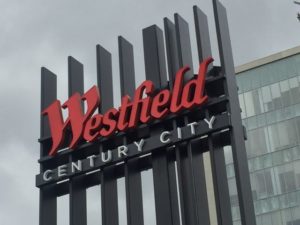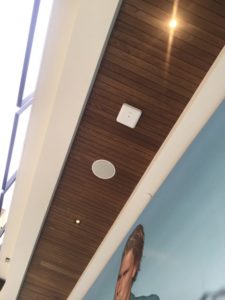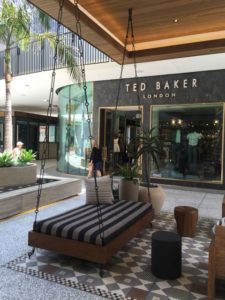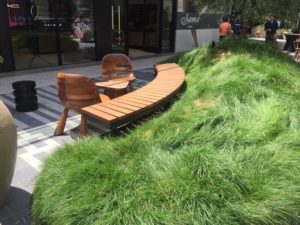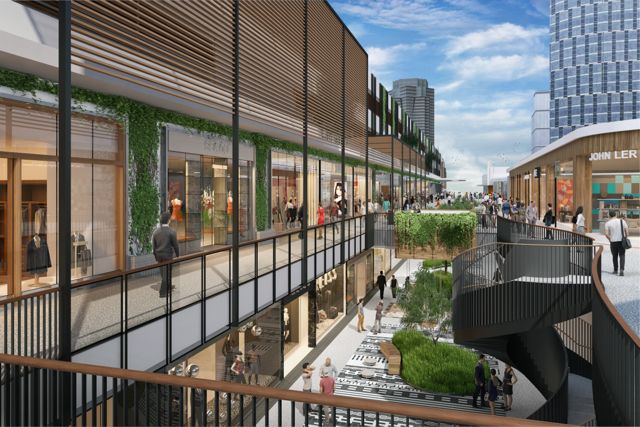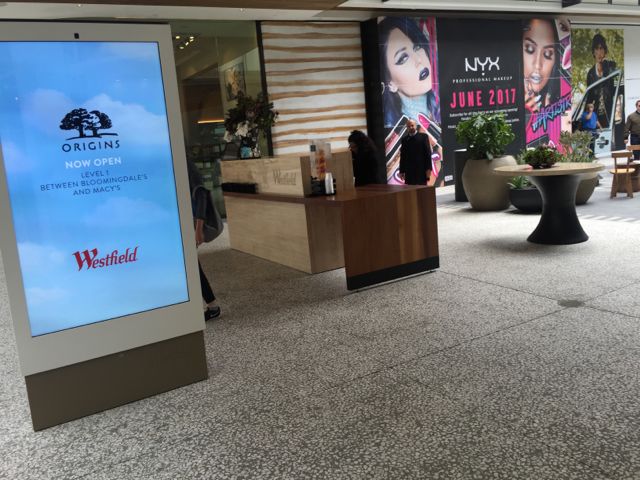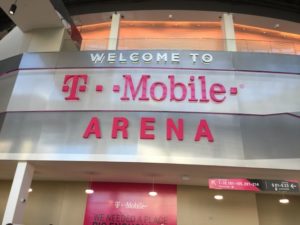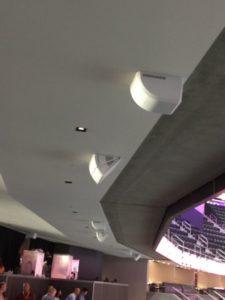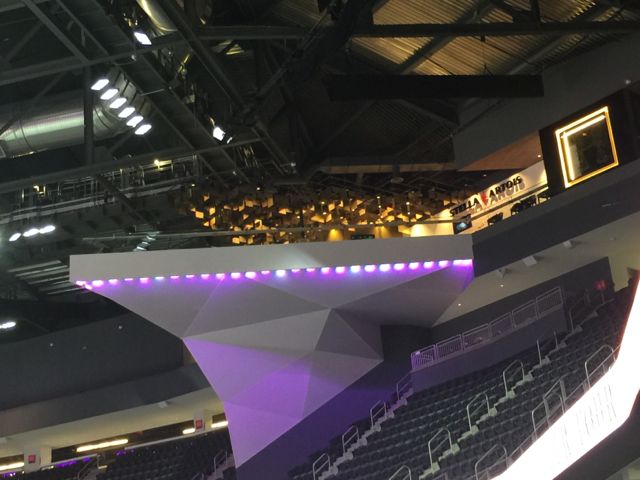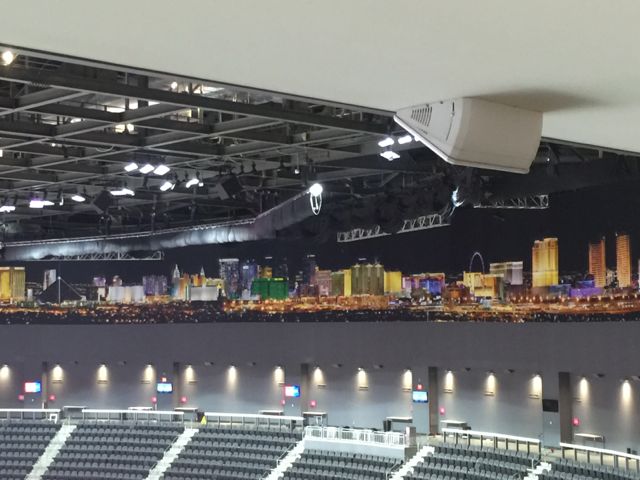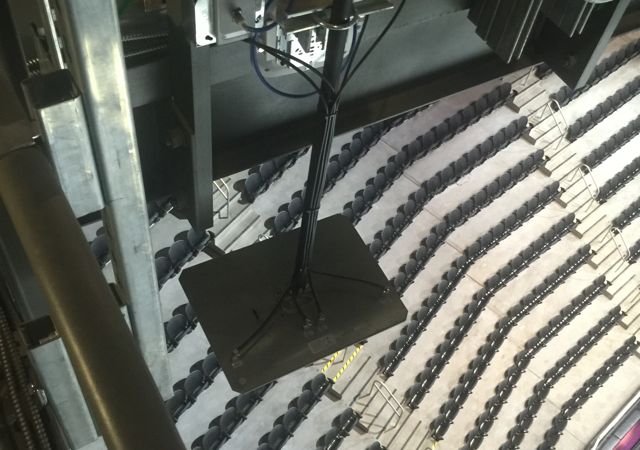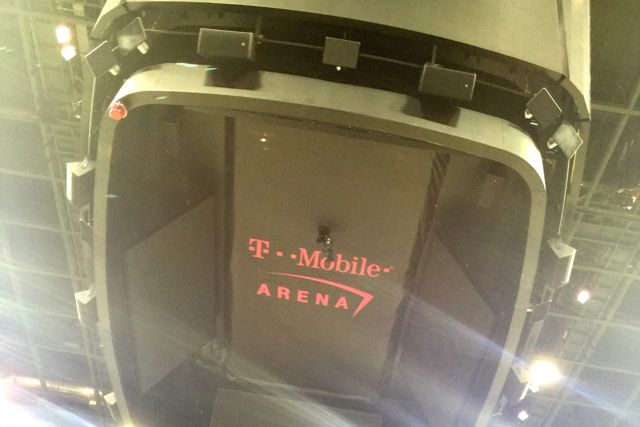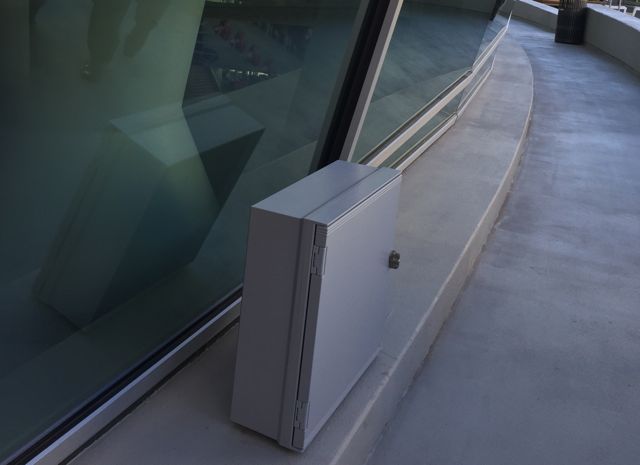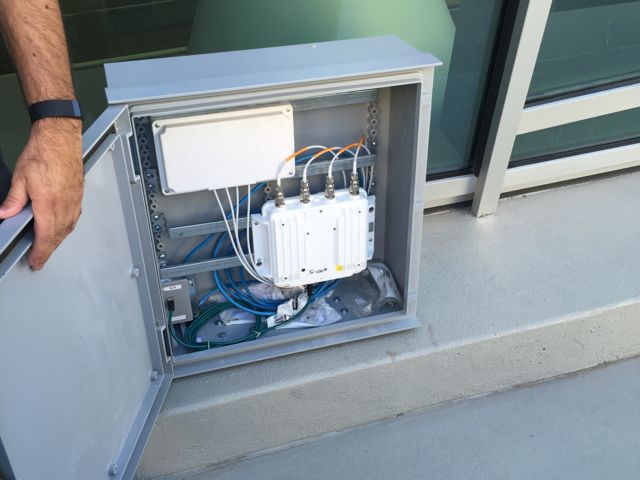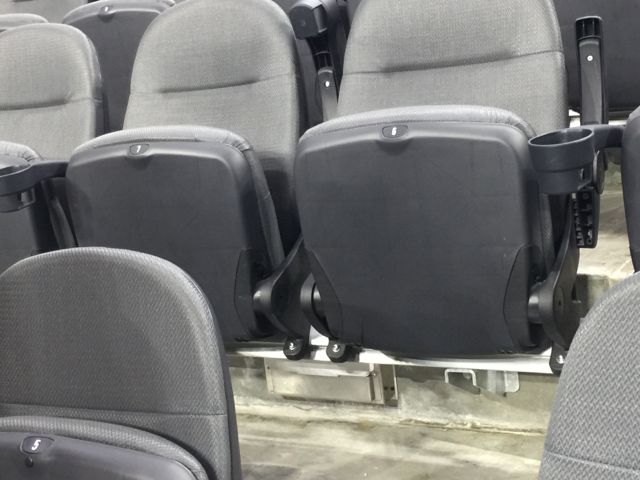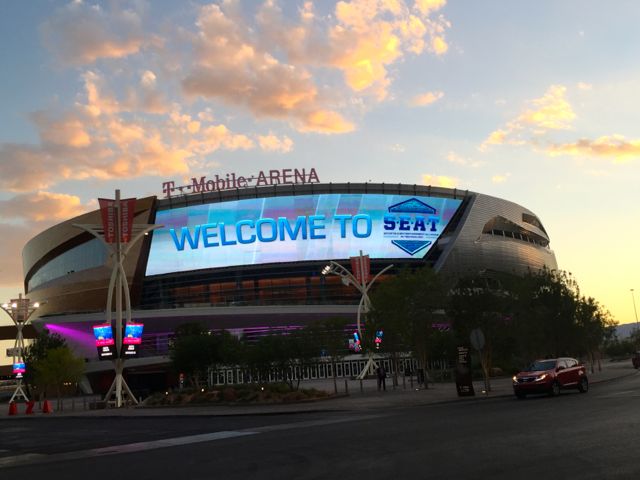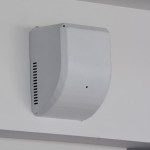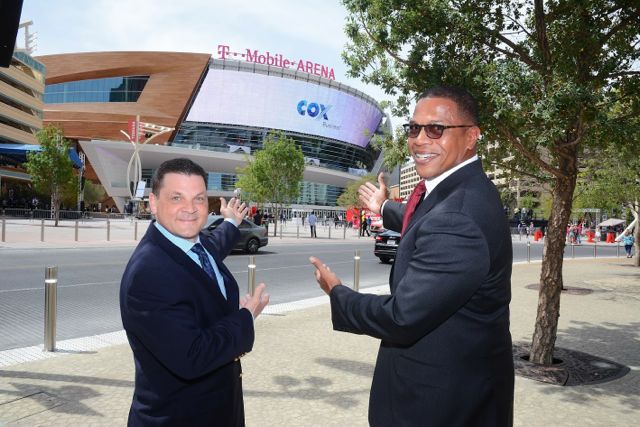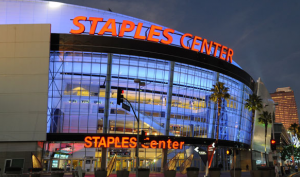Christine Stoffel, founder of the popular SEAT conference, has banded together with some top sports & entertainment industry executives to form The Executive Advocates (TEA), a venue business-strategy consulting firm with a wide menu of potential services.
Joining Stoffel in the founding of TEA are partners Katee Panter and Douglas Moss; Denise Taylor, CIO for Westfield Inc., will serve as an advisory board member to TEA.
The 20-year technology veteran Panter, who was most recently senior vice president of enterprise technology for New York icon venue Madison Square Garden, said in a prepared statement that “TEA’s mission will enable businesses to derive value from their people and technology investments.” According to the press release announcing the firm, TEA’s service offerings include: executive recruitment and placement, strategic technology roadmap consulting, tech solution and design, real estate-technology project management and financial oversight, all based on “insights & research from years of technical and executive leadership.”
“TEA are the voices of industry leaders and venture backed company Chief Marketing Officers brought together to support organizations with transparency, integrity and candor,” said Stoffel, in a prepared statement. “We are championing the drive for excellence from the top down, in every organization starting with executive recruitment through providing consultancy expertise on experiential technology solutions and design. It’s exciting to bring these offerings to our industry peers, colleagues and friends across the globe with this talented group.”
Venue consulting firms on the rise
Moss, a 30-year veteran of the sports and entertainment industry, has a resume that includes serving as president of the Buffalo Sabres, Phoenix Coyotes and International Hockey League, senior vice president of business operations for the Anaheim Ducks and president of Madison Square Garden Network.
“I look forward to be working with [the TEAM team] and our colleagues around the globe as we continue of journey of connecting technology, business and people,” Moss said.
The launch of TEA follows another recent high-profile gathering of minds in the venue consulting arena. A firm called 27/17 Innovations was formed by former Corning and IBM executive Todd Christner, calling itself in part “a firm focused on the end-user experience as the sustainable source of competitive differentiation, regardless of industry.” May the battles for RFPs begin!

